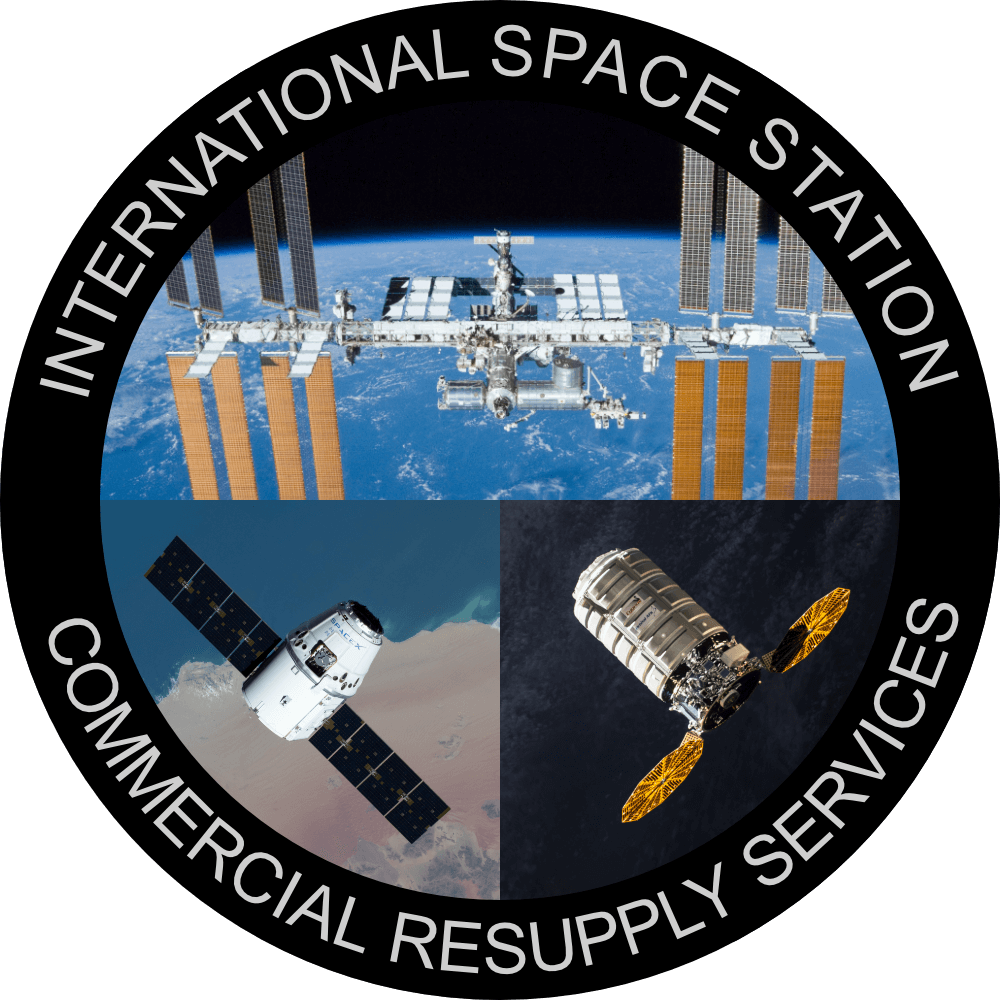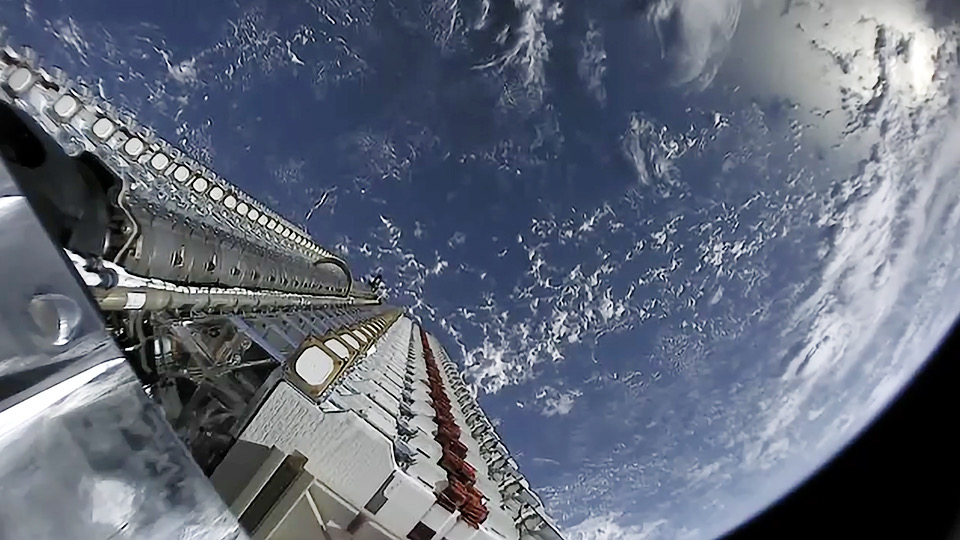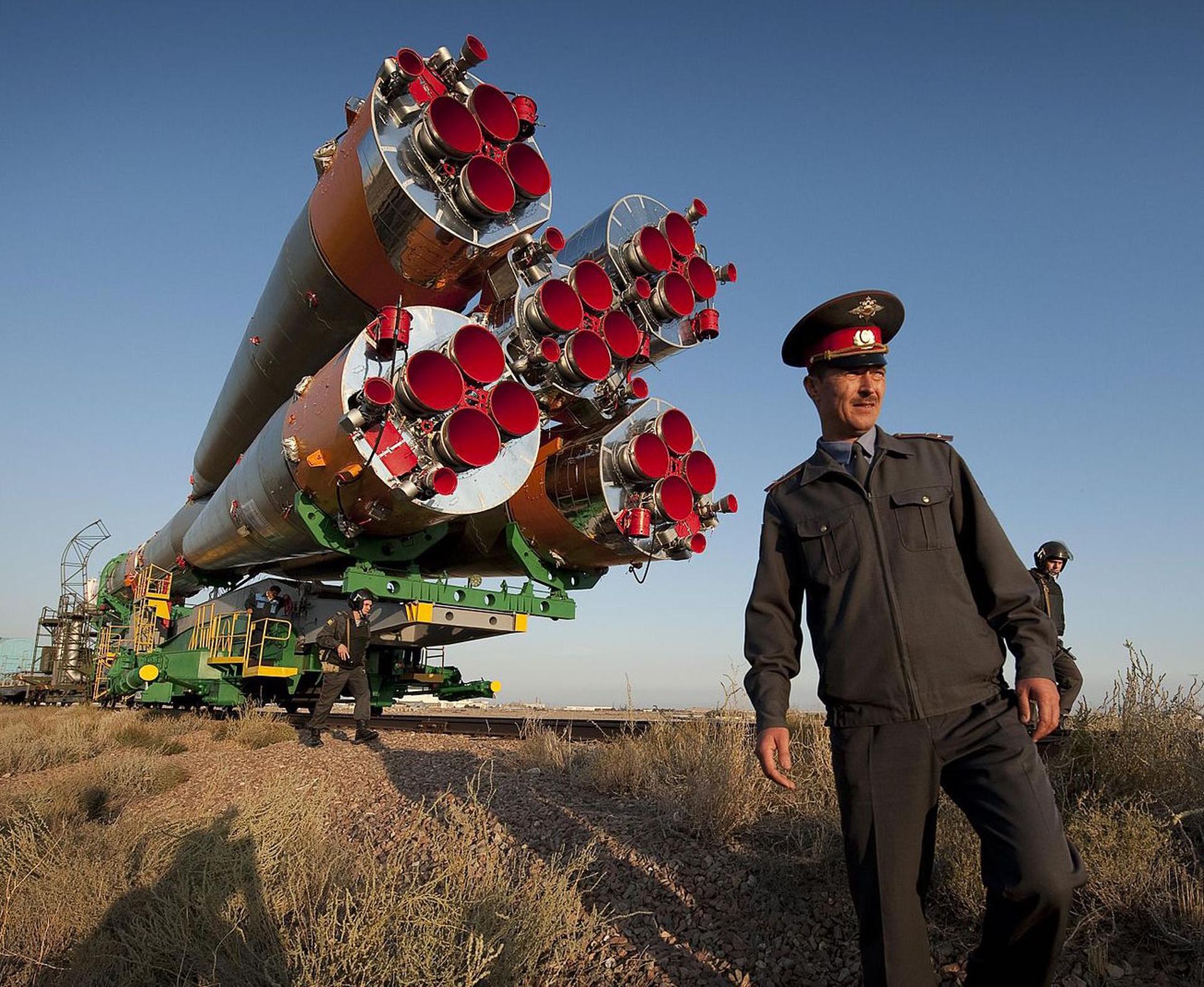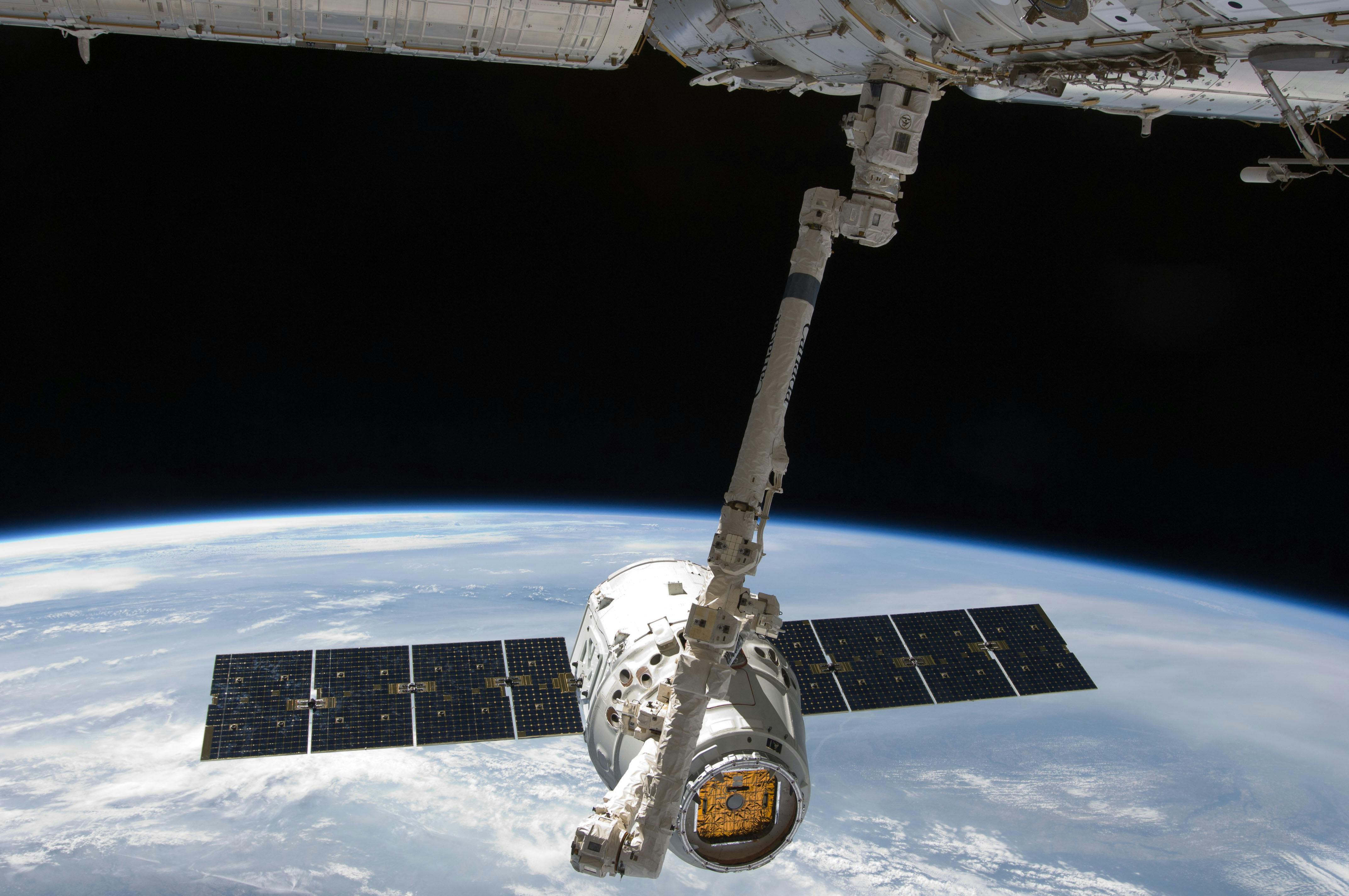· space brief · 5 min read
Space Brief 1 Apr 2025
Today's brief covers the U.S. Space Force's orbital carrier initiative, ULA Vulcan's approval for military launches, Rocket Lab's new contract with the Space Force, integrated data layers for military command, and advances in tactical surveillance.

📄Top Stories
The U.S. Space Force is pushing the boundaries of satellite deployment with a new Orbital Carrier intended to act as a launch pad in space. Meanwhile, the ULA Vulcan rocket has achieved clearance for national security launches. Rocket Lab joins the list of approved providers for the U.S. Space Force’s National Security Space Launch initiative, reinforcing its role in critical missions. Additionally, the creation of integrated data layers for military operations promises enhanced real-time decision-making capabilities.
📰Detailed Coverage
U.S. Space Force’s Orbital Carrier: A New Launch Era
The U.S. Space Force is funding an “Orbital Carrier” spacecraft designed to deploy multiple satellites in response to operational needs. This ambitious project aims to revolutionize how satellites are launched and managed, offering flexibility and rapid deployment capabilities directly from orbit.
The development of the Orbital Carrier embodies a strategic shift to more dynamic space operations, reducing reliance on ground-launch facilities. This innovation could significantly impact satellite tracking by facilitating the deployment of observation assets in real-time from our web app.
Read the full story: Space.com
ULA Vulcan Greenlit for National Security Missions
After a demanding certification process, the ULA Vulcan rocket has been officially approved for use in National Security Space Launch missions. This clearance marks a significant milestone for ULA, ensuring that Vulcan can support the nation’s most critical space operations, thanks to its robust safety and performance standards.
These new capabilities will enhance national security by ensuring reliable access to space for defense and intelligence purposes, aligning with broader security objectives and furthering satellite deployment options.
Read the full story: SpaceDaily
Rocket Lab Joins Space Force Launch Initiative
Rocket Lab has been added as a qualified launch provider by the Space Force’s NSSL Phase 3 Lane 1 program. This decision enables Rocket Lab to compete for contracts over a five-year period, worth up to $5.6 billion, thereby strengthening the U.S. space launch ecosystem.
This move highlights Rocket Lab’s growing prowess in providing launch services for high-stakes military and intelligence missions, ensuring diverse and reliable launch options for critical payloads.
Read the full story: SpaceDaily
Integrated Data Layers to Enhance Military Command
The U.S. Army plans to deploy integrated data layers for its command and control systems at the division level. This new architecture will allow sensors from various domains to seamlessly share critical information, thereby enhancing situational awareness and decision-making capabilities.
By facilitating real-time data integration, these systems will enable commanders to better coordinate and execute operations, potentially improving outcomes in rapidly evolving combat scenarios.
Read the full story: Breaking Defense
Ultra-Lightweight SAR: Revolutionizing Surveillance
The introduction of the ELM-2058 Ultra-Lightweight SAR system represents a significant advance in tactical surveillance technology. This system provides enhanced aerial intelligence capabilities, suitable for both manned and unmanned platforms, offering new dimensions to battlefield observation.
Capable of being mounted on various platforms, the ELM-2058 enhances operational flexibility by expanding the battlefield view, thereby offering tactical units superior reconnaissance and observation capabilities.
Read the full story: Breaking Defense
🛰️Satellite Spotlight
- Satellite Name: COSMOS 2272
- NORAD ID: 23003
- Launch Date: 1994 Feb 12
- Mission: Military Communication
- Orbit: Inclination 82.5737, Period 12.6438, Eccentricity 0.0012535
- Operator: VKS
- Fun Fact: COSMOS 2272 operates using solar cells combined with batteries, offering reliable communication capabilities since its launch over two decades ago.
Current TLE Data:
1 23003U 94011E 25090.83345277 .00000029 00000+0 10190-3 0 9992
2 23003 82.5737 214.9039 0012535 83.8257 276.4263 12.64385815436522Track this satellite in real-time on our web app: Track COSMOS 2272
🚀Upcoming Space Launches
April 1
- SpaceX Falcon 9:
- Starlink Group 11-13 from Vandenberg Space Force Base, California, USA (23:39 UTC) A batch of 27 satellites for the Starlink mega-constellation - SpaceX’s project for space-based Internet communication system.
April 3
- China Aerospace Science and Technology Corporation Long March 6:
- Unknown Payload from Taiyuan Satellite Launch Center, People’s Republic of China (02:04 UTC)
April 5
- SpaceX Falcon 9:
- Starlink Group 11-11 from Vandenberg Space Force Base, California, USA (22:30 UTC) A batch of satellites for the Starlink mega-constellation - SpaceX’s project for space-based Internet communication system.
April 6
- SpaceX Falcon 9:
- Starlink Group 6-72 from Cape Canaveral Space Force Station, Florida, USA (02:40 UTC) A batch of satellites for the Starlink mega-constellation - SpaceX’s project for space-based Internet communication system.
April 8
- Russian Federal Space Agency (ROSCOSMOS) Soyuz 2.1a:
- Soyuz MS-27 from Baikonur Cosmodrome, Republic of Kazakhstan (05:47 UTC) Soyuz MS-27 will carry two cosmonauts and one astronaut to the International Space Station. The crew consists of Roscosmos cosmonauts Sergey Ryzhikov, Alexey Zubritsky, and NASA astronaut Jonathan “Jonny” Kim.
April 14
- Blue Origin New Shepard:
- NS-31 from Corn Ranch, Van Horn, Texas, USA (13:30 UTC) NS-31 is the 11th crewed flight for the New Shepard program and the 31st in its history.
April 21
- SpaceX Falcon 9:
- Dragon CRS-2 SpX-32 from Kennedy Space Center, Florida, USA (08:15 UTC) The 32nd commercial resupply services mission to the International Space Station operated by SpaceX under the second Commercial Resupply Services contract with NASA. Cargo Dragon 2 will bring supplies and payloads, including critical materials to directly support science and research investigations onboard the orbiting laboratory.
Note: Launch dates and times are subject to change due to technical or weather considerations.

Maurice Stellarski





